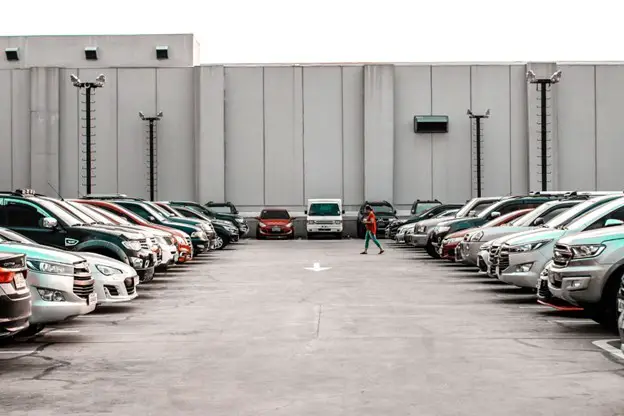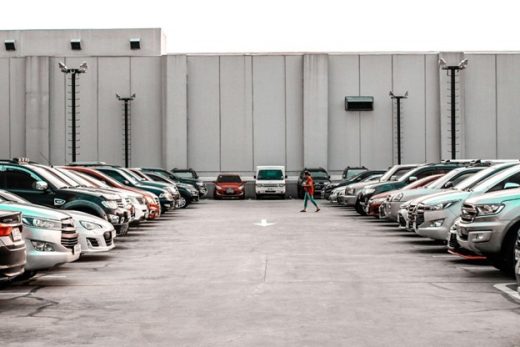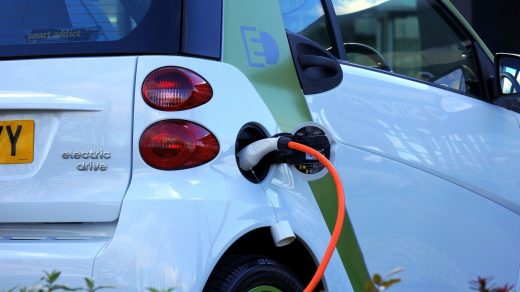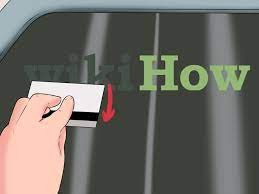How to inspect a car before buying it advice, Check your VIN number, Vehicle inspection guide
How to Inspect a Car Before Buying It
21 June 2024
Buying a new or used car is a significant investment that requires meticulous consideration and checking. The intelligent buyer, therefore, gives an equal view to the aesthetic appeal of a vehicle and its mechanical condition and history. This guide will dispatch you through the steps involved in inspecting the car before buying to ensure you make a wise and informed decision.
Check the History of the Vehicle
First, one should avail the history report of the car. This shall be important in disclosing information touching on past ownership, accident history of the vehicle, and service records, among others. To access this information, you can check your car’s VIN number. The VIN is a unique code; it’s basically like a fingerprint for the vehicle. So when you run a check on the VIN, different issues will come out that will make you reason as to whether to buy or not.
Exterior Check
Body Condition
Be sure to check the exterior of the vehicle for any dents or rust problems, and pay attention to mismatched paint. Look for dings and scratches—possible inconsistencies that indicate prior accidents or sloppy repairs. Be careful about roof, hood, and trunk damage; these are common cover-up areas.
Tires and Wheels
Inspect the condition of the treads on the tires and whether they show even wear patterns. Otherwise, there will be an indication of possible misalignment or suspension issues. Observe the overall condition of the condition of the wheels and whether any particular crack or damage might pop up as a future problem.
Light and Signals
Test all the lights and signals, from headlights to dim, brake lights, turn signals, and reverse lights. All of them should be in good working order since faulty lighting is not only a safety hazard but also a ticketable offense.
Interior Inspection
Seats and Upholstery
Check for wear, tear, and any spots on the seats and upholstery. All adjustments to the seats should work; this includes the seat belts.
Dashboard and Controls
Switch on the ignition. Observe warning lights, then test all of the controls—for instance, air conditioning, heating, radio, and any other electric feature fitted. See that everything is working the way it should.
Windows and Locks
Run all windows and locks to ensure that they all operate smoothly. Manual windows should roll up and down without sticking; power windows should move up and down at a constant speed. Check that all the door locks, including the central locking system, work well.
Under the Hood
Engine
Check for any leaking, corrosion, or worn belts on the engine. Check the oil level and condition—oil must be at the correct level and free of debris or discoloring. Check levels of coolant, brake fluid, and transmission fluid.
Battery
Check the battery for any signs of corrosion on the terminals and make sure that it is tightly mounted. If possible, check the voltage of your battery to rule out the possibility of a dead or weak battery.
Hoses and Belts
Check all visible hoses and belts for wear or damage. They should not have any crackers, and the texture they exude to touch should neither be brittle nor soft.
Test Drive
Starting the Car
When starting the car, check for any unusual noise. The engine should start with ease, without hesitation. Observe the idle behavior—it should be constant, not rough.
Steering and Suspension
On a test drive, make sure to check the steering response and how easy it is to maneuver on different roads. The vehicle should travel straight without pulling towards any side. Similarly, listen for abnormal suspension noises such as clunking or squeaking noises—indicating some underlying problem.
Brakes
Test the brakes safely: They must be firm and cheerful; there should not be any vibrations or noises, and the car should come to a stop without pulling left or right.
Transmission
For automatic transmissions, make sure the transmission shifts smoothly and readily. For manual transmissions, check for smooth engagement of the clutch and ensure there is no grinding or hesitation in changing gears.
Under the Car
Exhaust System
Check the system for rust, damage to the parts, and leaks. With the engine operating, continue additional listening for any unusual sounds that may indicate exhaust problems.
Frame and Underbody
Inspect the car’s frame and underbody for rust, corrosion, and damage. Check for signs of previous repair work; if it has been done sloppily, that is a red flag.
Professional Inspection
While a personal inspection can uncover many issues, it is always wise to have a professional mechanic inspect the car before finalizing the purchase. A trained eye can identify problems that might not be obvious to the average buyer and provide a comprehensive assessment of the car’s condition.
How to inspect a car before buying it Conclusion
A pre-purchase inspection of the car is critical to reassure you of a good investment. Any hidden problems can be brought to light using this comprehensive guide, so you’re bound to come away with a good decision: check the vehicle history via its VIN, meticulously inspect the exterior and interior of a used car, and most importantly, take it for a drive.
Follow these steps, and you can drive away with the assurance that you have made an informed decision. By taking the time to inspect the car properly, you can avoid unexpected surprises and enjoy your new vehicle with peace of mind.
Comments on this guide to How to inspect a car before buying it article are welcome.
Building Articles
Cars and Vehicles
Vehicle Posts
Embracing freedom: allure of houses on wheels
Comments / photos for the How to inspect a car before buying advice guide page welcome








